This guide is here to help you cultivate your dream garden. From selecting the right flowers to nurturing them through the hot months, let’s explore the essentials of growing summer flowers.
Understanding Your Climate and Zone

Before planting anything, it’s critical to understand the climate of your region and your specific USDA plant hardiness zone. The variety of summer flowers available is vast, but not all will thrive in every environment. Research which flowers flourish locally by considering factors such as average temperature, rainfall, and sunlight exposure. These variables play a crucial role in determining plant health and bloom potential.
If you’re unsure about your hardiness zone, use the USDA Plant Hardiness Zone Map as a resource. This map segments the United States into different zones based on winter minimum temperatures. Once you know your zone, you can select flowers that are not only beautiful but also best suited for your environment.
Selecting the Right Summer Flowers
When it comes to summer flowers, your choice can depend on various factors, including sunlight, soil type, and personal preference. Here are some popular summer flowers to consider:
1. Sunflowers (Helianthus)
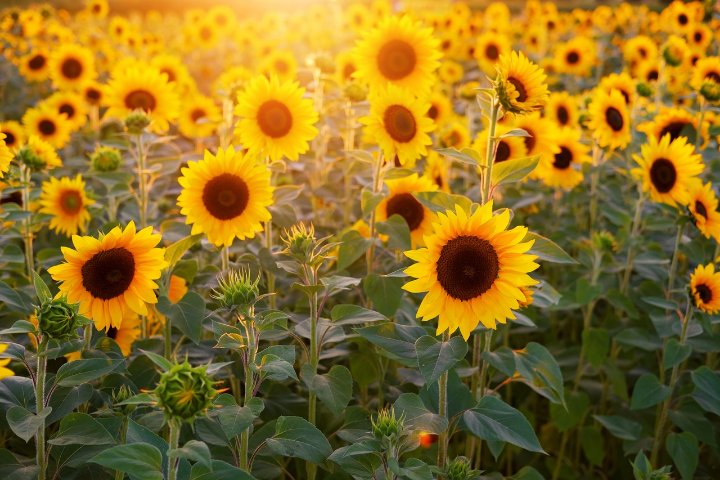
Sunflowers are a classic summer flower known for their cheerful yellow faces and tall stalks. They thrive in full sun and prefer well-drained soil. Sunflowers are not only stunning but also great for attracting pollinators. They can grow up to 12 feet tall, making them an excellent backdrop in gardens.
2. Zinnias (Zinnia elegans)
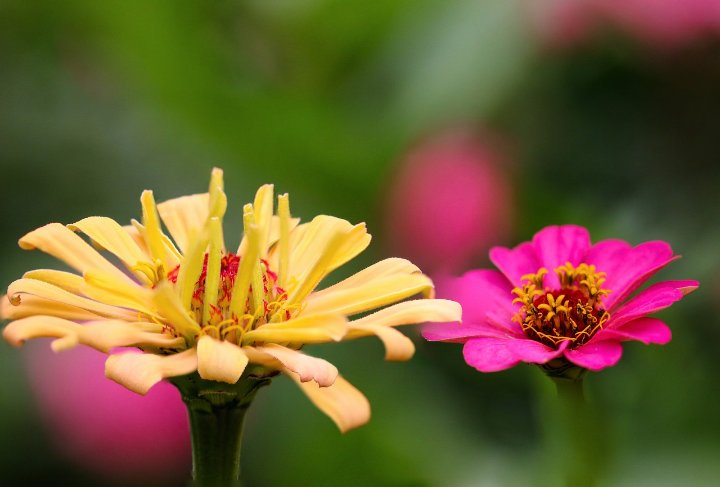
Zinnias are hardy, colorful blooms that offer a long flowering season. They are easy to grow from seed and come in a variety of colors, making them perfect for creating a lively garden or adding to cut flower arrangements. Zinnias thrive in well-drained soil and need full sun to produce their best blooms.
3. Marigolds (Tagetes)
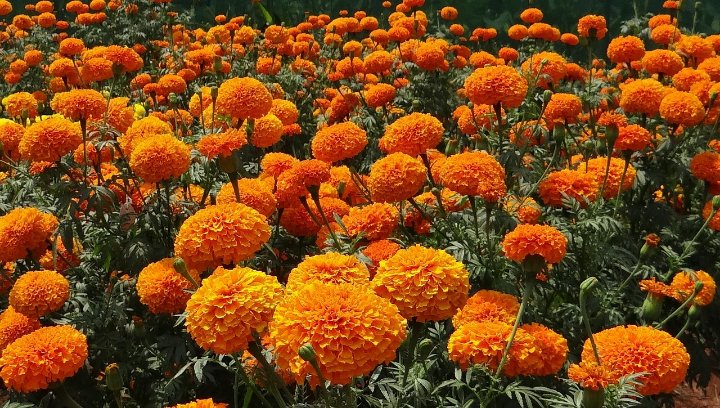
Known for their vibrant orange and yellow hues, marigolds are another fantastic option that thrives in summer heat. They are particularly valued for their pest-repelling properties, making them an excellent companion plant in vegetable gardens. Marigolds can adapt to various soil types and prefer full sun.
4. Cosmos (Cosmos bipinnatus)
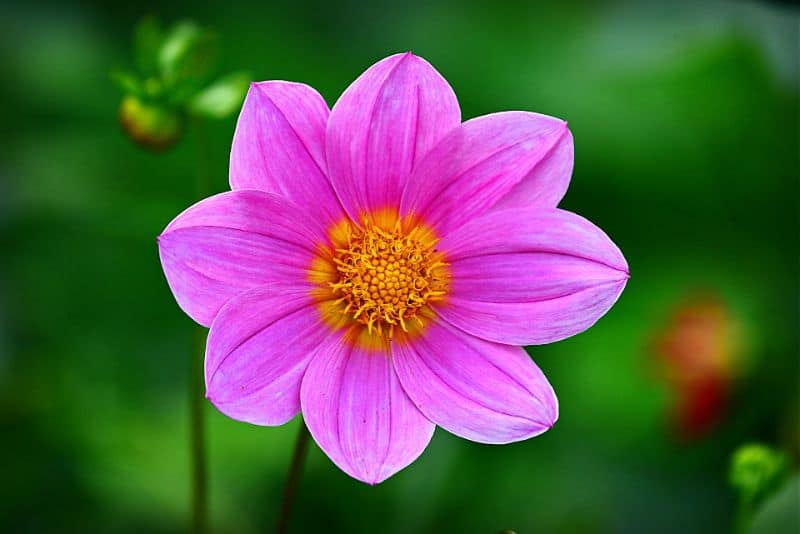
Cosmos flowers are delicate and airy, providing a lovely addition to any garden. They are drought-tolerant and prefer sandy, well-drained soil. Cosmos come in many colors, often blooming in shades of pink, white, and purple during the summer months, and can attract butterflies and bees.
5. Petunias (Petunia)
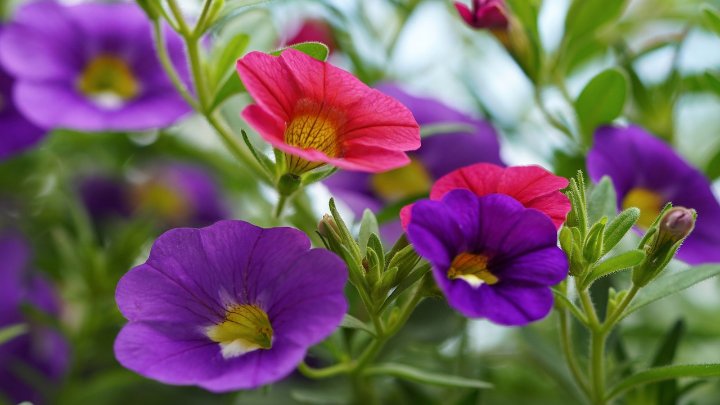
Petunias are popular annuals that offer long-lasting blooms throughout summer. They come in a wide range of colors and patterns, and they can be grown in containers, hanging baskets, or garden beds. Keep them well-watered and deadhead spent flowers for continuous blooming.
Preparing Your Garden Bed

Preparation is key to a successful garden. Once you’ve selected your flowers, the next step is preparing the garden bed. Start with the following actionable steps:
1. Choose a Suitable Location
Select a location that receives a minimum of six to eight hours of sunlight per day. Most summer flowers thrive in full sun conditions, though a few may tolerate partial shade. Observe the area at different times of the day to ensure it gets ample sunlight.
2. Clear the Area
Remove any weeds, grass, or debris from the planting area. Weeds compete for nutrients and water; clearing them allows your flowers to establish themselves stronger. If needed, cover the area with cardboard or paper for a few weeks to smother existing weeds.
3. Test Your Soil
Before planting, test your soil for pH levels and overall health. A simple home soil testing kit can provide information about nutrient levels and pH, allowing you to adjust as needed. Most summer flowers prefer slightly acidic to neutral soil (pH 6.0 to 7.0).
4. Amend Your Soil
Based on the soil test results, amend your soil with the necessary nutrients. Add organic matter such as compost, well-rotted manure, or peat moss to improve soil structure, enhance drainage, and enrich nutrients. Mix these amendments thoroughly with the existing soil.
5. Prepare the Bed
Loosen the soil to about 12 inches deep using a garden fork or tiller. This aeration allows roots to penetrate easily and promotes better drainage, which is crucial during summer’s hot months.
Planting Your Summer Flowers

With the groundwork in place, it’s time to plant your summer flowers! Follow these simple steps to ensure a successful planting process:
1. Timing
Timing is key when planting summer flowers. Most are best planted after the last frost date in your area, as cold temperatures can damage young seedlings. Ensure you check local forecasts and know your specific planting window.
2. Planting Depth and Spacing
Refer to seed packets or plant tags for specific planting depth and spacing requirements. A general rule of thumb is to plant seeds about twice as deep as their diameter. When planting transplants, space them according to their mature size to allow for adequate air circulation and growth.
3. Watering Post Planting
After planting, water the area thoroughly but gently to settle the soil around the roots. Avoid overwatering, as it can lead to root rot, especially in newly planted flowers. A well-draining soil mix helps prevent waterlogging.
4. Labeling
Consider labeling your plants, especially if you’ve planted a variety of flowers. This can help you keep track of what you’ve planted and where, making maintenance much easier throughout the growing season.
Nurturing Your Summer Flower Garden
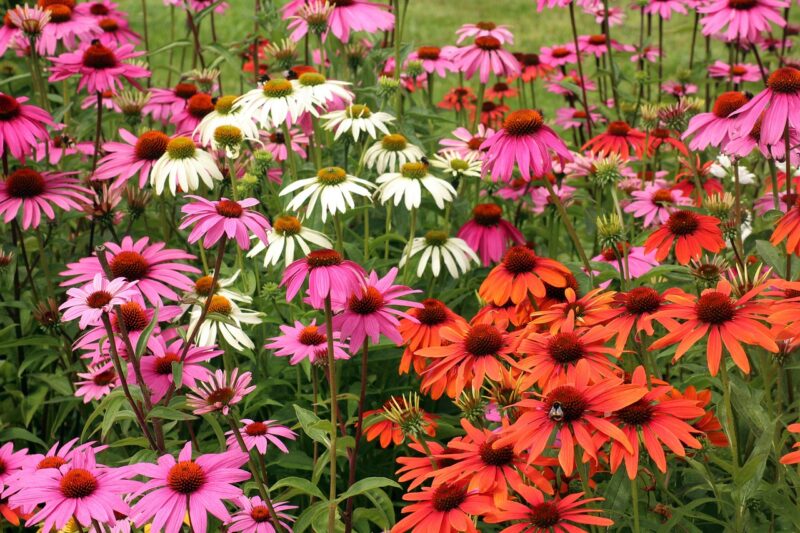
Once your flowers are in the ground, ongoing care will ensure they flourish. Here are some essential nurturing practices:
1. Watering
Summer temperatures can take a toll on young plants. Aim to water consistently but not excessively. A deep watering once or twice a week is often more beneficial than shallow daily watering. Adjust based on rainfall, soil type, and plant needs—especially during hot spells when they may need more moisture.
2. Fertilization
Fertilization helps provide the necessary nutrients for vigorous growth and blooming. Use a balanced fertilizer at the beginning of the growing season and consider applying a slow-release fertilizer every four to six weeks. Be cautious not to over-fertilize, as this can lead to lush foliage with fewer blooms.
3. Mulching
Applying mulch around your flowers can offer multiple benefits. Mulch helps retain moisture in the soil, suppress weeds, and regulate soil temperature. Use organic materials like straw, wood chips, or shredded leaves, ensuring you leave space around the base of the plants to avoid rot.
4. Pruning and Deadheading
Regularly inspect your flowers for any dead or wilted blooms and remove them through a process called deadheading. This encourages plants to produce more flowers and helps maintain a tidy appearance. Pruning can also be done for plants that become leggy or overgrown to encourage bushier growth.
5. Pest Management
Keep an eye on your plants for signs of pests. Healthy flowers can often withstand some pest pressure, but it’s wise to take action if infestations occur. Introduce beneficial insects like ladybugs, or create barriers and traps that protect your plants. If chemical treatments are necessary, opt for organic options that are less harmful to pollinators.
Harvesting and Enjoying Your Blooms

As your summer flowers reach their peak, you’ll want to start enjoying the fruits of your labor. Here are some tips:
1. Cutting Flowers for Arrangements
Many summer flowers serve as beautiful cut flowers for bouquets. To cut flowers, do so in the morning when blooms are fresh. Use clean, sharp scissors and cut stems at an angle to maximize water uptake. Removing leaves that fall below the water line in your vase can help extend the flowers’ longevity.
2. Creating Plant Combinations
Experiment with creating vibrant flower combinations that not only look aesthetically pleasing but also contribute to a healthy garden eco-system. Pairing flowers with different heights and colors can create visual interest, while also attracting a range of pollinators and beneficial insects.
3. Saving Seeds for Next Year
As your summer blooms fade and seed heads develop, consider saving seeds for next year’s planting. Allow the seeds to dry completely on the plant before harvesting. Store seeds in a cool, dry place, labeled with the flower type and date of collection.
Conclusion
Growing summer flowers is a joyful and rewarding endeavor. From selecting the right varieties and preparing your garden beds to nurturing your plants and enjoying their blooms, the entire process offers plenty of opportunities for creativity and connection with nature. Whether you’re sprucing up your home garden or designing a larger landscape, remember to engage with not just the plants, but the entire ecosystem around you.





